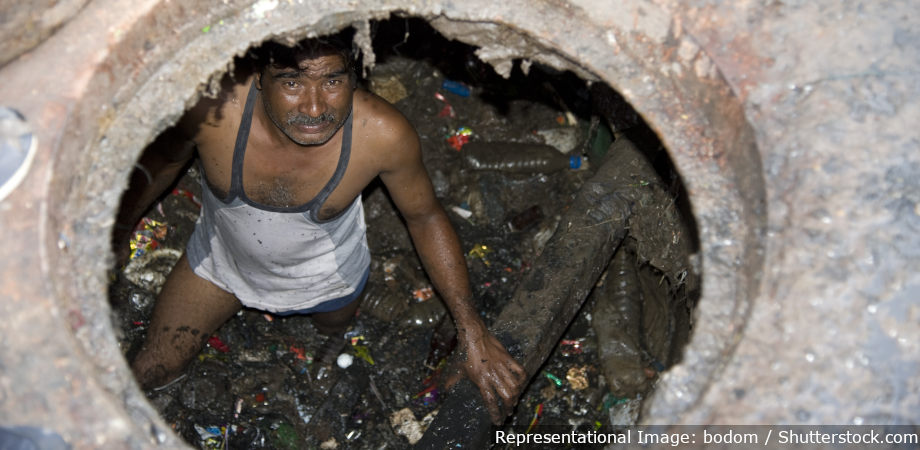13 Aug NAMASTE SCHEME
Namaste Scheme and Its Benefits
The Ministry of Social Justice and Empowerment and the Ministry of Housing and Urban Affairs have formulated Namaste Scheme for Social Development.
Why in the news?
- The Ministry of Social Justice and Empowerment is now preparing to undertake a nationwide survey to enumerate all people engaged in the hazardous cleaning of sewers and septic tanks, an activity that has led to at least 351 deaths since 2017.
About Namaste Scheme
- Ministry officials said that the enumeration exercise, soon to be conducted across 500 AMRUT (Atal Mission for Rejuvenation and Urban Transformation) cities, is part of the Union government’s National Action Plan for Mechanised Sanitation Ecosystem (NAMASTE), which will streamline the process of rehabilitating sanitation workers and eventually merge with and replace the Self-Employment Scheme for the Rehabilitation of Manual Scavengers (SRMS), which was started in 2007.

Namaste Scheme
Features of the Scheme
The Government has formulated a scheme “National Action Plan for Mechanised Sanitation Ecosystem (NAMASTE)”. The NAMASTE project is a joint project of the Ministry of Social Justice and Empowerment and the Ministry of Housing and Urban Affairs.
The project aims to achieve the following outcomes:
- Zero fatalities in sanitation work in India.
- All sanitation work is to be performed by skilled workers.
- No sanitation workers should come in direct contact with human fecal matter.
- Sanitation workers are to be collectivized into SHGs and are empowered to run sanitation enterprises.
- All Sewer and Septic tank sanitation workers (SSWs) have access to alternative livelihoods.
- Strengthened supervisory and monitoring systems at national, state, and ULB levels to ensure enforcement and monitoring of safe sanitation work.
- Increased awareness amongst sanitation services seekers (individuals and institutions) to seek services from registered and skilled sanitation workers.
Other benefits
- Capital subsidies of upto 5 lack on sanitation machinery costing upto 15 lakh
- Interest subsidies on loans, where interest rates will be capped between 4-6% for beneficiaries.
The scheme might be a turning point for the fate of people who are employed in this industry and faces not just physical exploitation, but also social (in the form of caste) and economic exploitation.
Download the PDF now:
Plutus IAS current affairs eng med 13th August 2022
References:
Daily Current Affairs for UPSC
Current affairs are the main parts of the strategy of any competitive examination. Every aspirant should read and memorize daily current affairs for enhancing their general knowledge. So, get the best daily current Affairs for the UPSC examination from Plutus IAS free of cost. Today collect the latest daily current affairs from us and read them properly.
Also, read weekly and monthly current affairs for IAS exam preparation.




No Comments